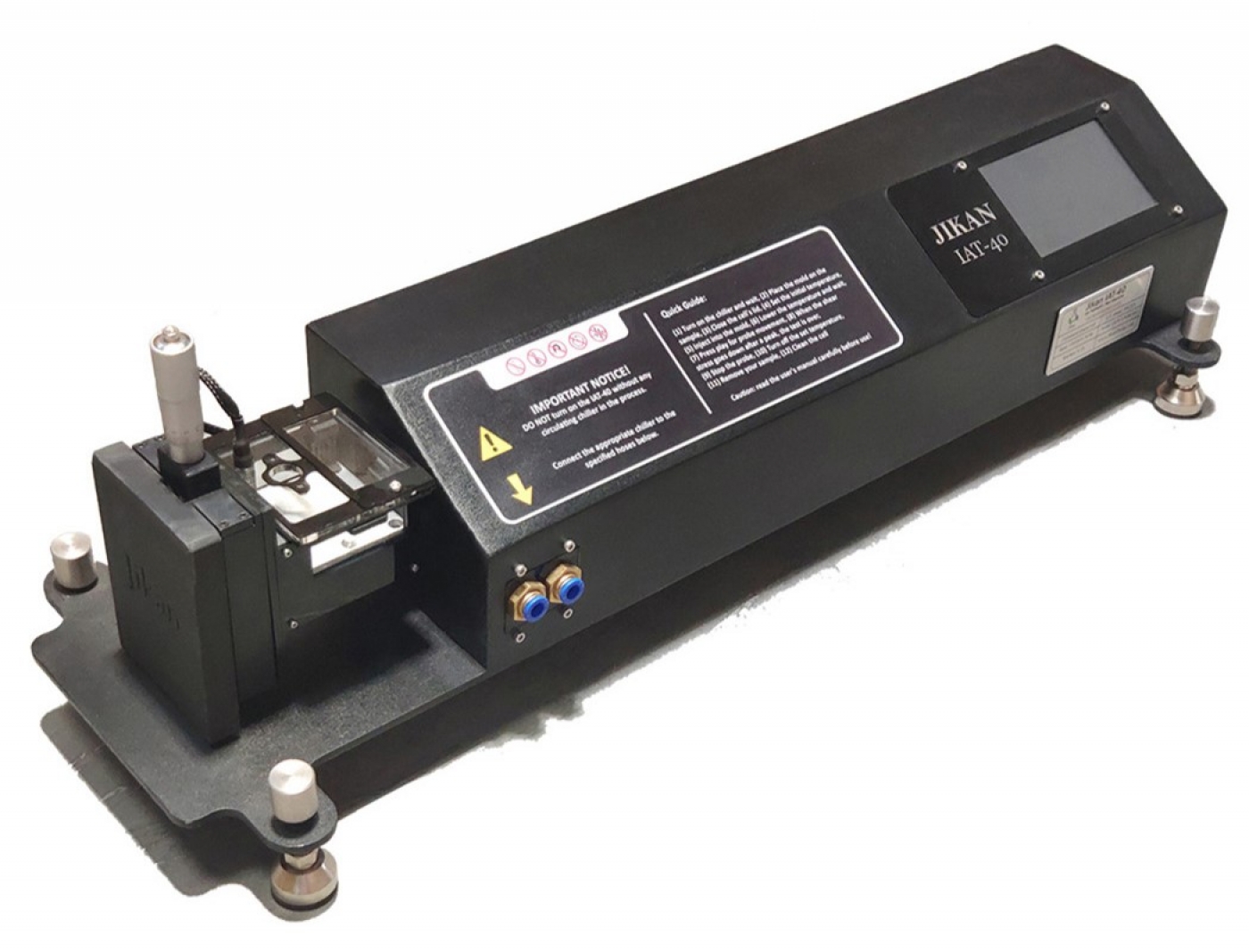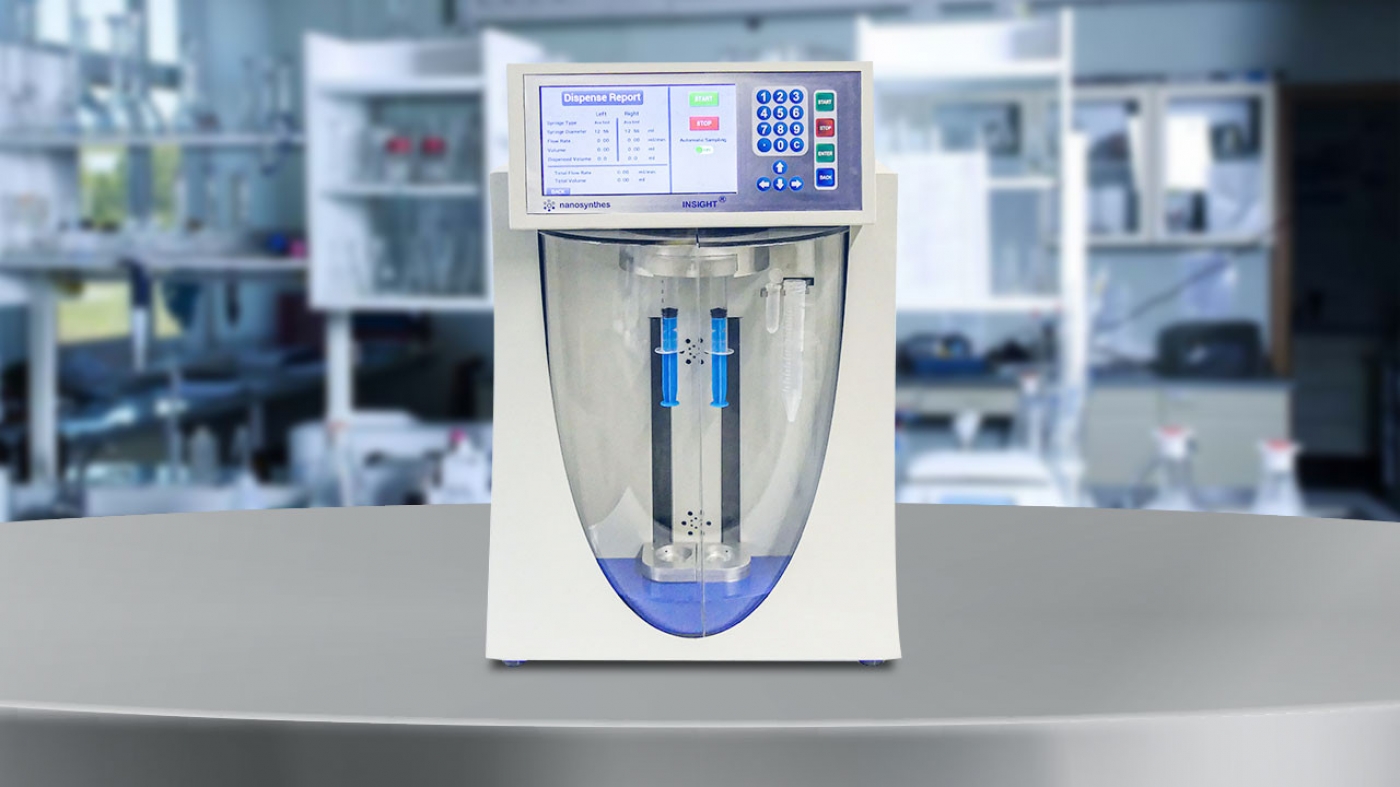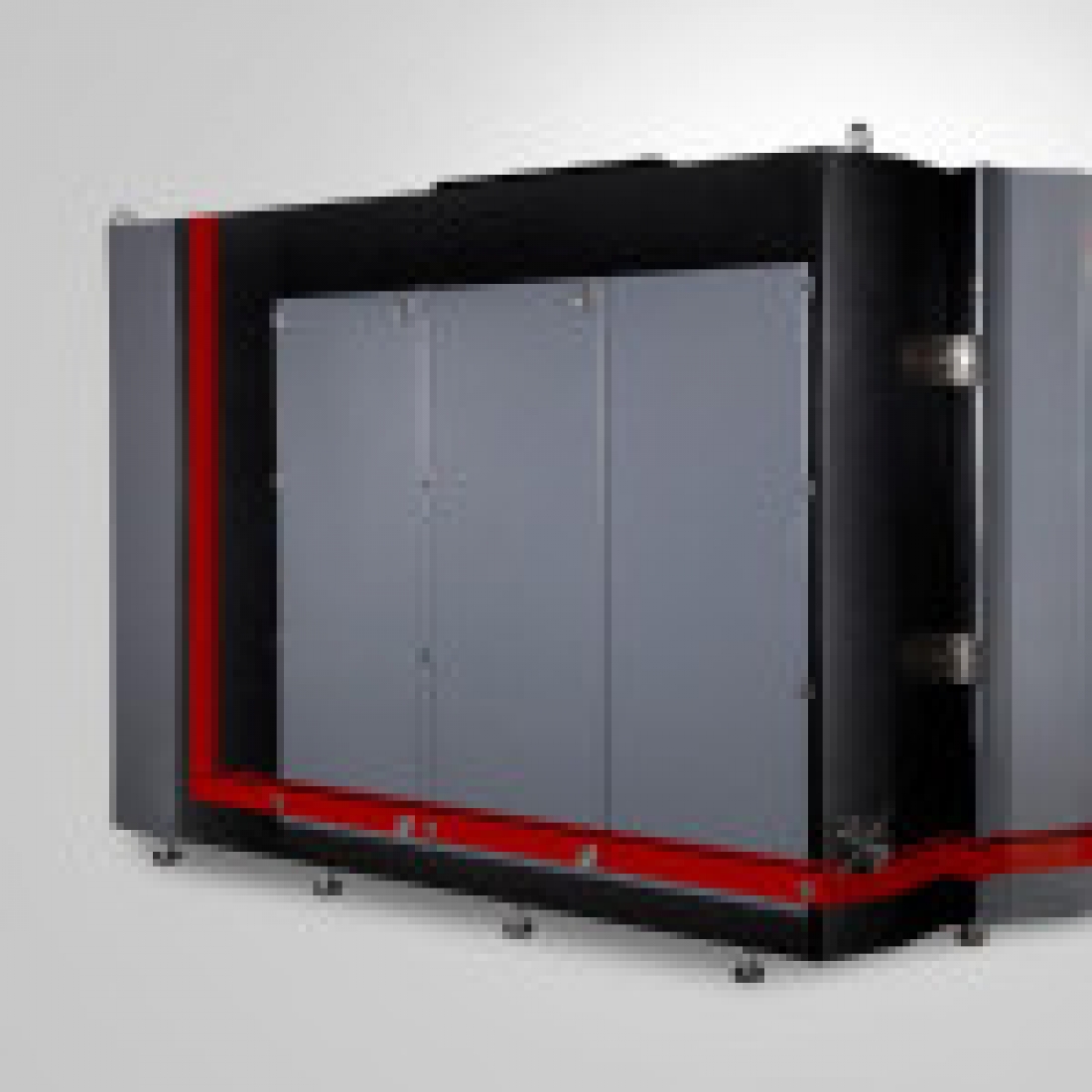
Magnetic properties are of the most important and intriguing features of materials which have been the object of numerous studies so far.
Researches on magnetic properties require devices and methods capable of precise and reliable measurements thereof. One of the main devices for measuring magnetic properties is magnetometer, an instrument used to calculate the magnetization of materials—both in direction and magnitude.
The magnetometers' performance relies on different mechanisms, one of which is a mechanism called Alternative Gradient Field Magnetometer (AGFM). Compared to other mechanisms, the AGFM has a premium sensitivity in measuring of characteristic parameters of magnetic thin films and magnetic nanowires (even with magnetic contents less than 0.0001 g/cm2). The schematic illustration of AGFM's mechanism consists of a coil, a main magnet, a piezoelectric, a sample to be measured, a quartz rod and an anti-vibration container.
In AGFM systems, a magnetic field gradient is used for creating and applying an alternating force on a sample. The sample firmly placed on a stage, therefore, begins to vibrate in accordance to the magnetic field frequency. These vibrations is sensed by the stage, recorded with the aid of piezoelectric actuator and then converted to the electrical signals (alternating voltage in µV scale). Thereafter, a boosting module becomes responsible for amplifying the electrical signals and refining/removing mechanical, acoustic and electrical noise. The boosted and refined electrical signal now can be read and interfered as characteristic features of the sample. The amplitude of the measured voltage can be one of the characteristic features which is proportional to the magnetization of the magnetic sample.




